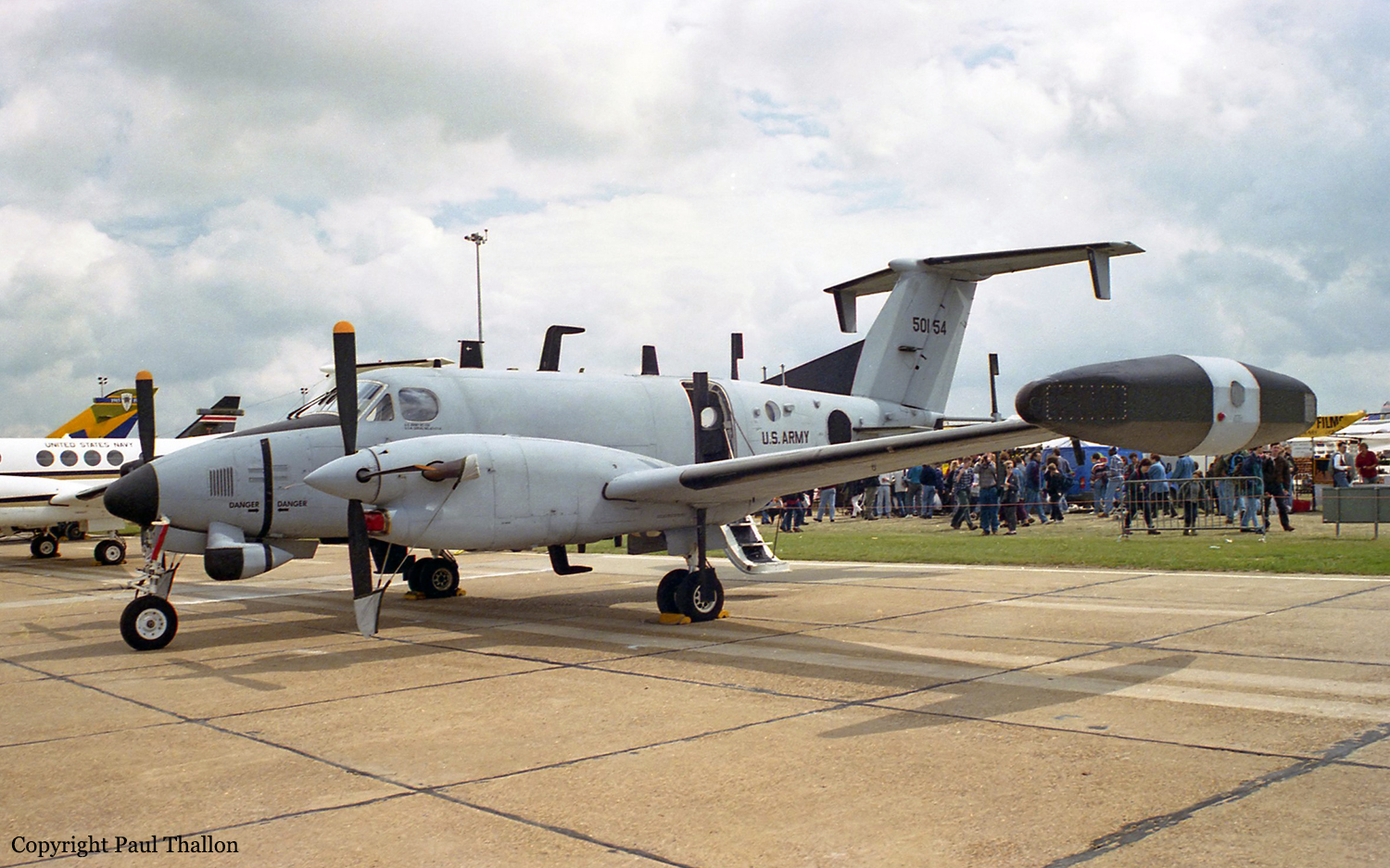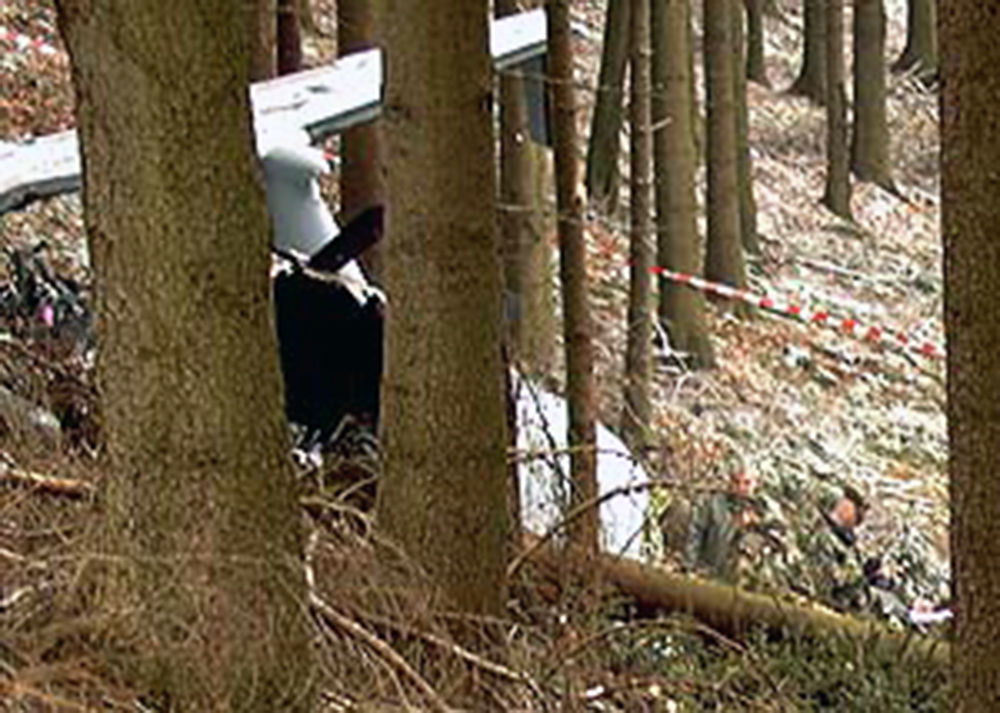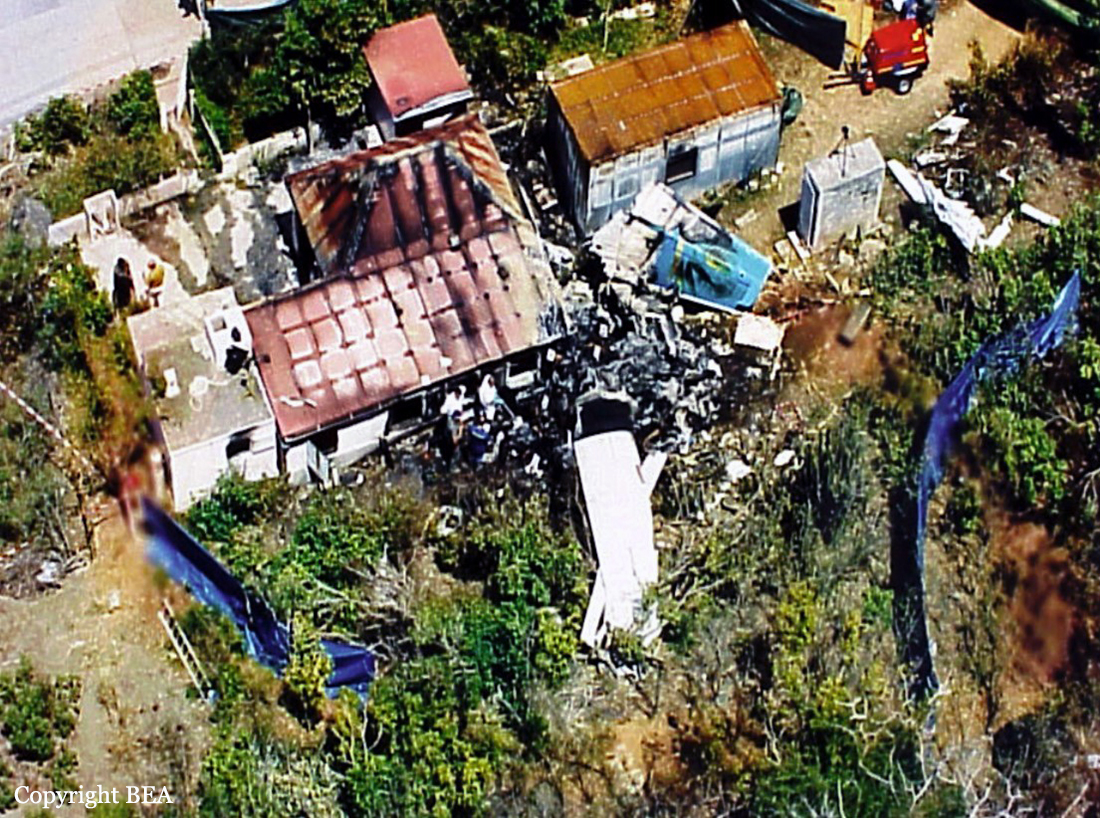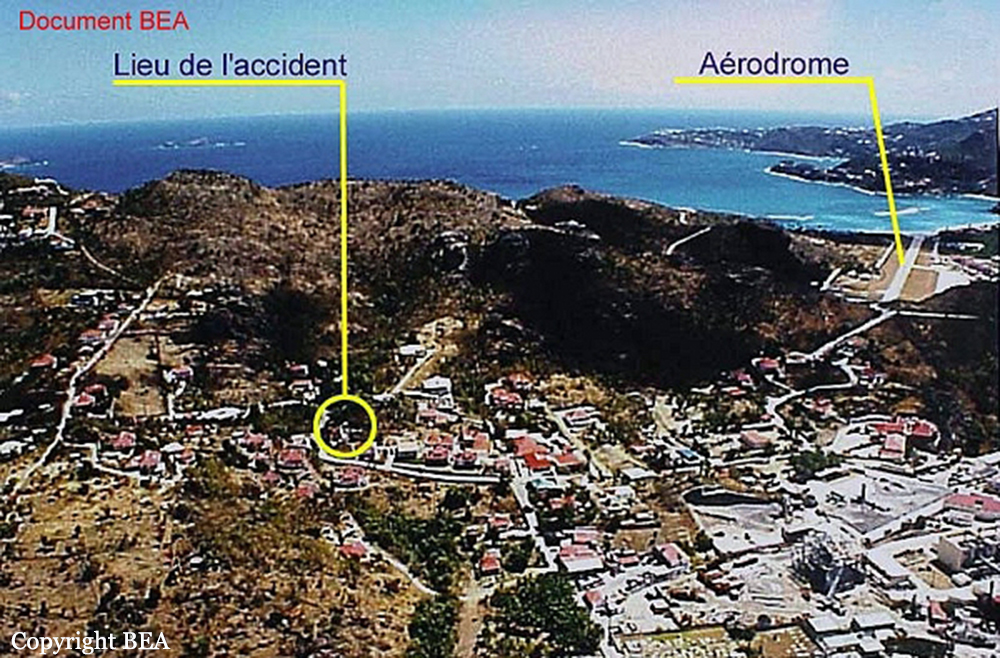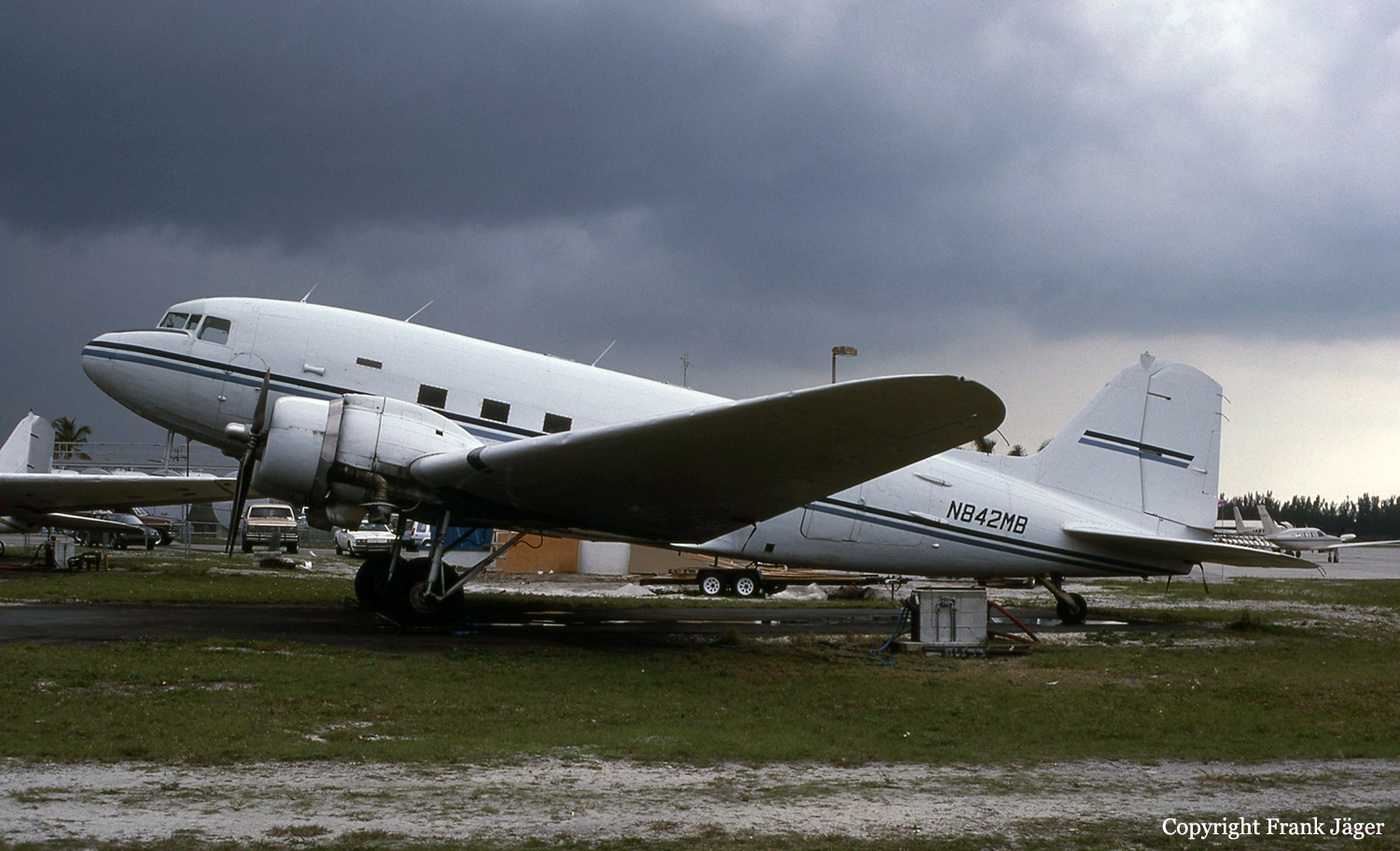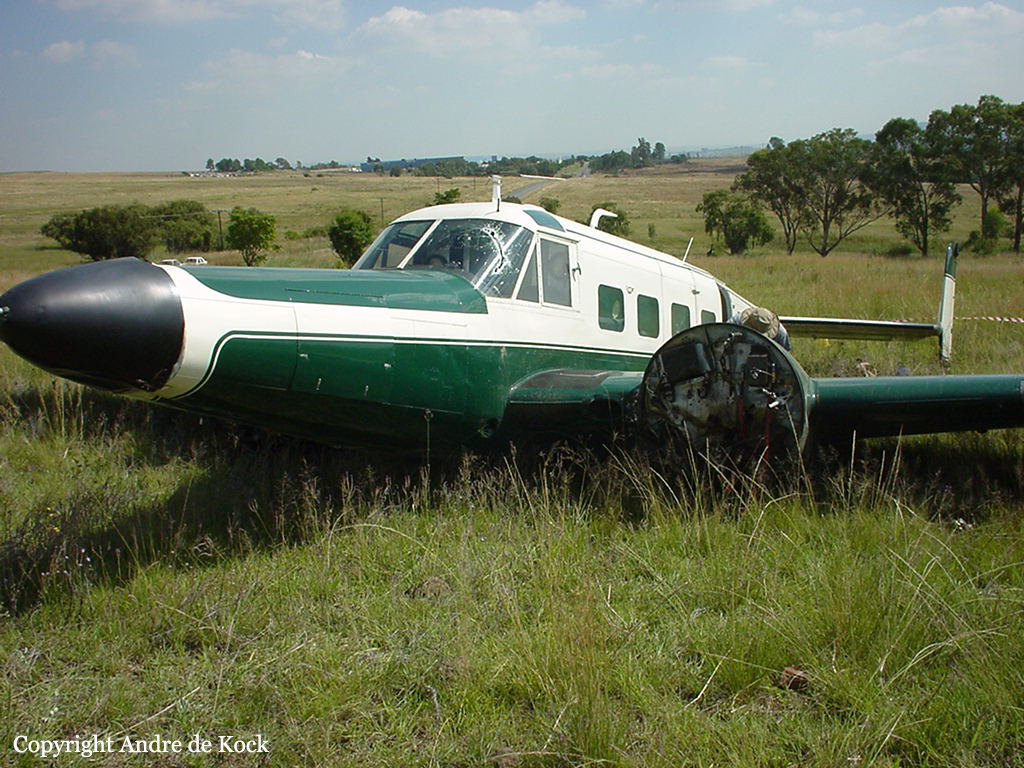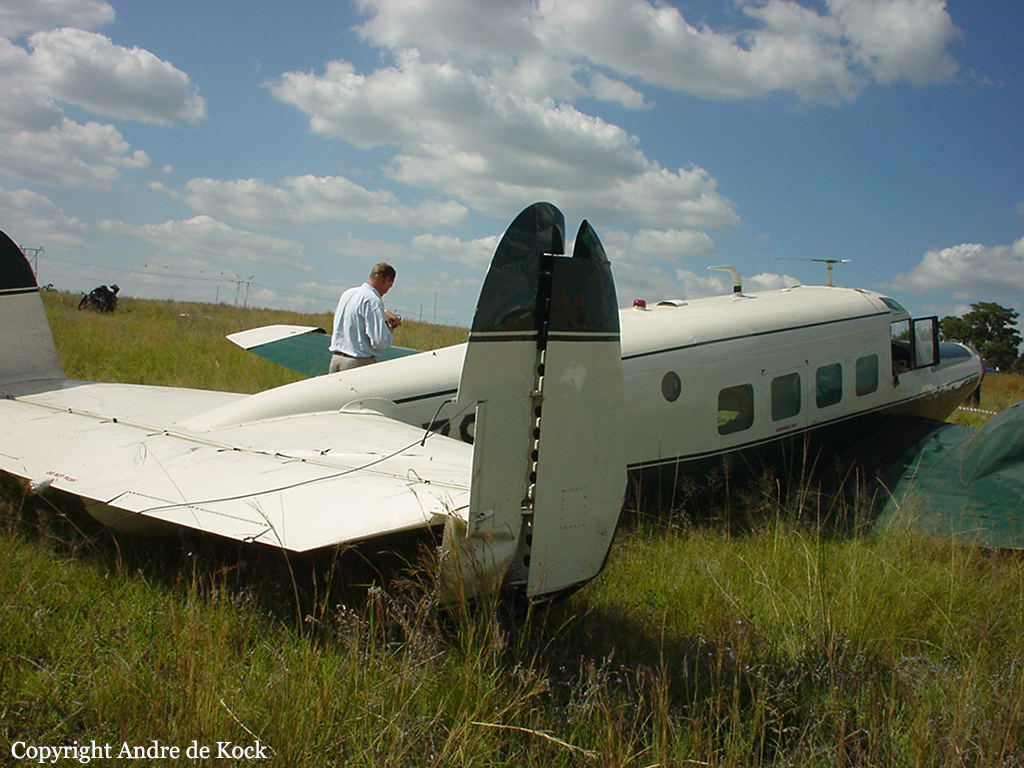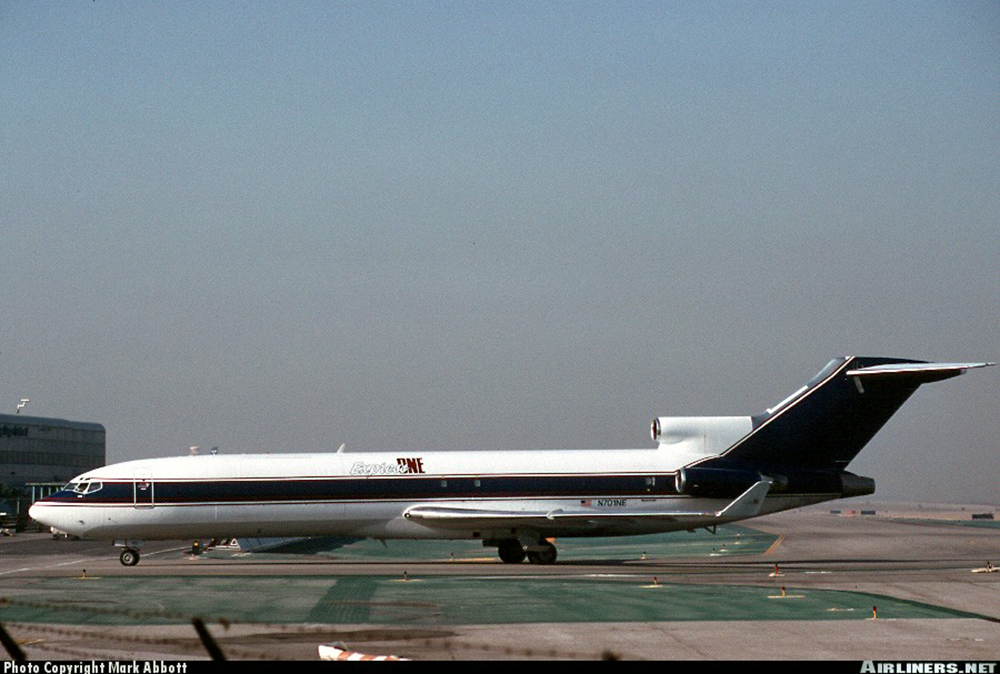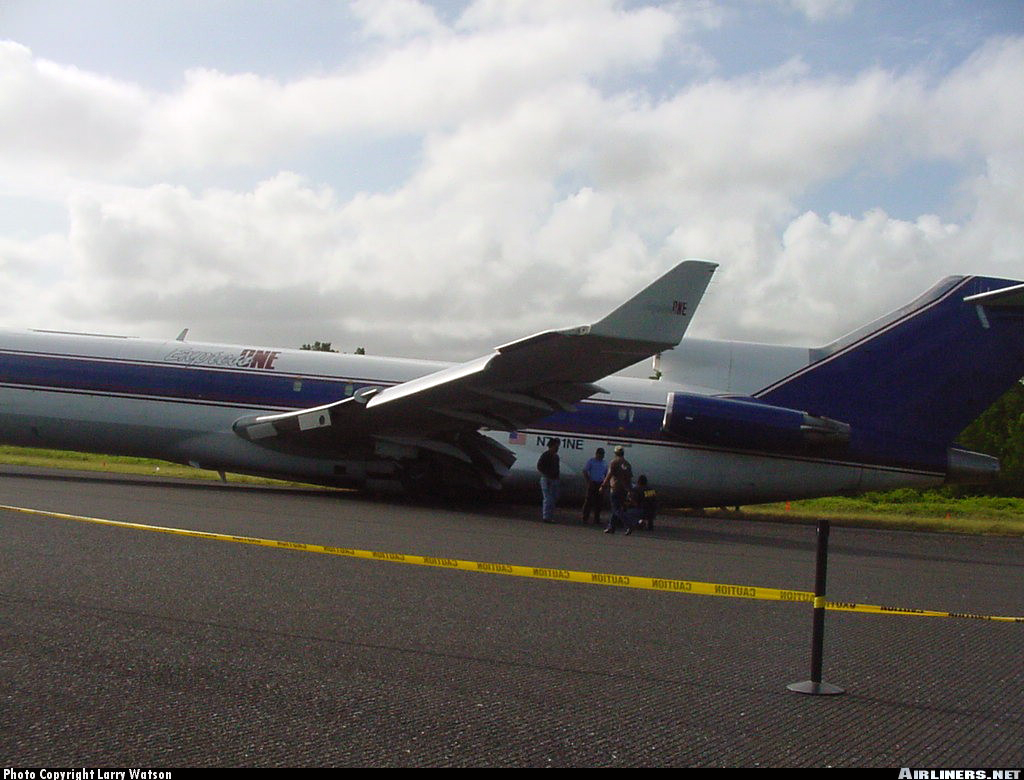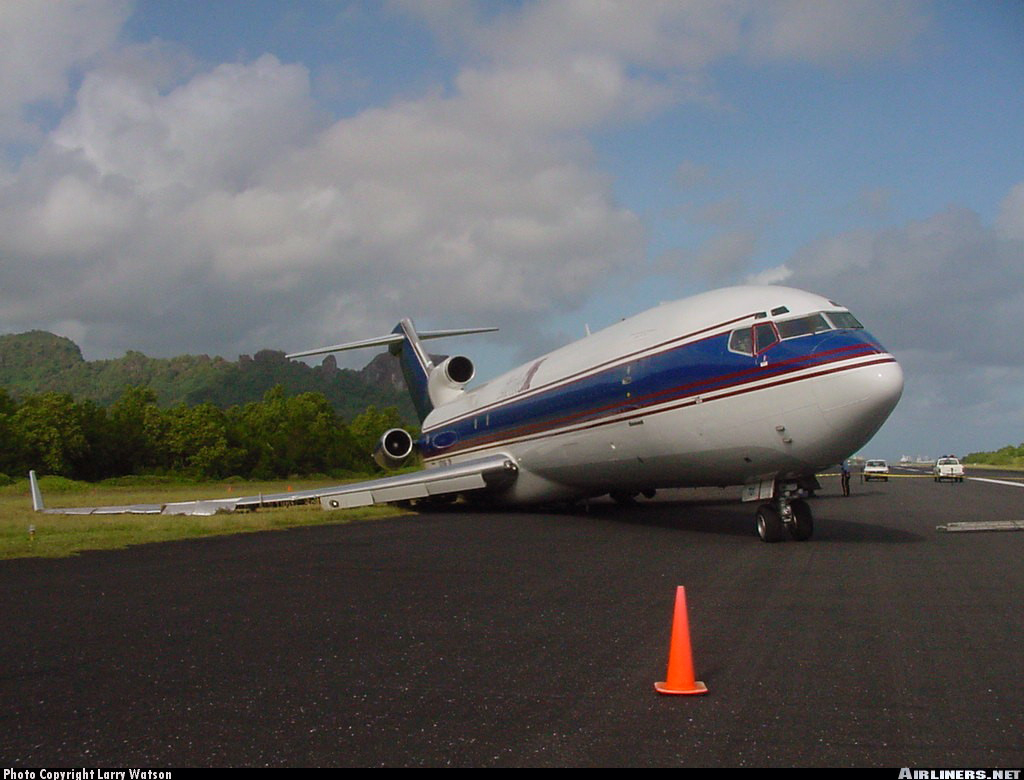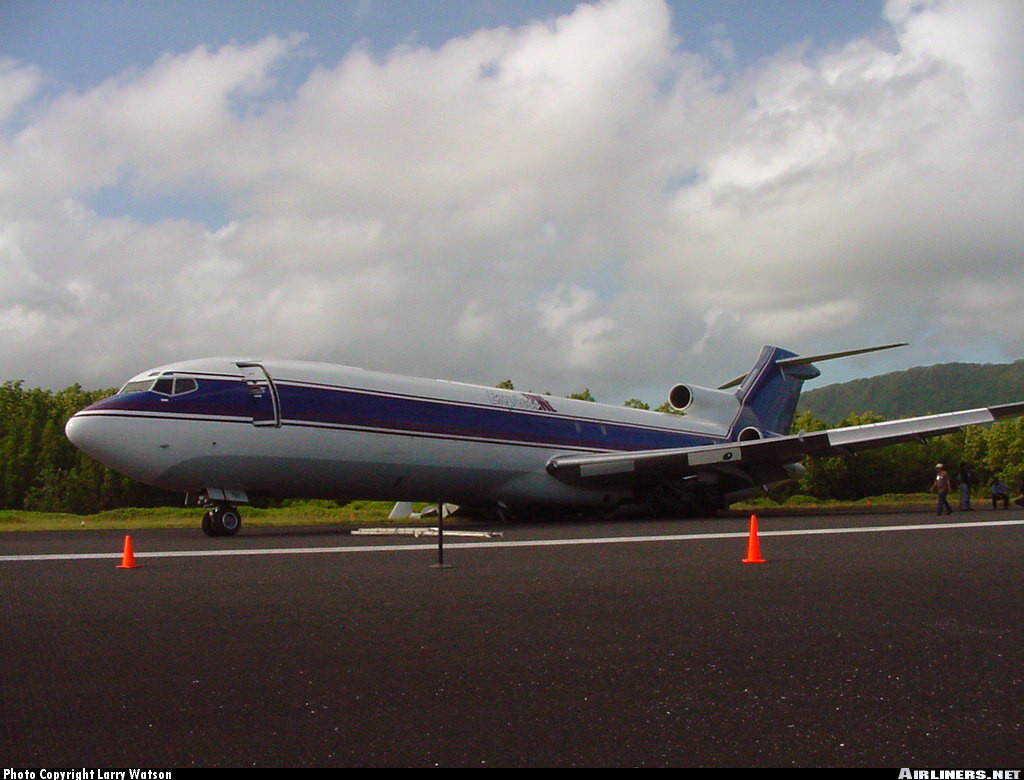Crash of a Fokker F27 Friendship 500F in Surabaya: 3 killed
Date & Time:
Mar 26, 2001 at 1825 LT
Registration:
PK-MFL
Survivors:
No
Schedule:
Surabaya - Surabaya
MSN:
10609
YOM:
1981
Crew on board:
3
Crew fatalities:
Pax on board:
0
Pax fatalities:
Other fatalities:
Total fatalities:
3
Aircraft flight hours:
31300
Aircraft flight cycles:
38200
Circumstances:
The crew was completing a local training flight at Surabaya-Juanda Airport, consisting of touch-and-go manoeuvres. While approaching the airport to complete the eighth landing, at an altitude of 500 feet, the aircraft rolled to the left then stalled and crashed in a pond located 3 km short of runway, bursting into flames. All three pilots were killed. Both captains were operating on Casa-Nurtanio CN-235 (IPTN) and making a transition to Fokker F27.




